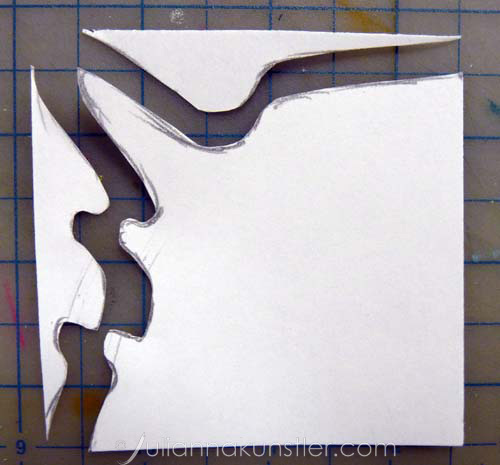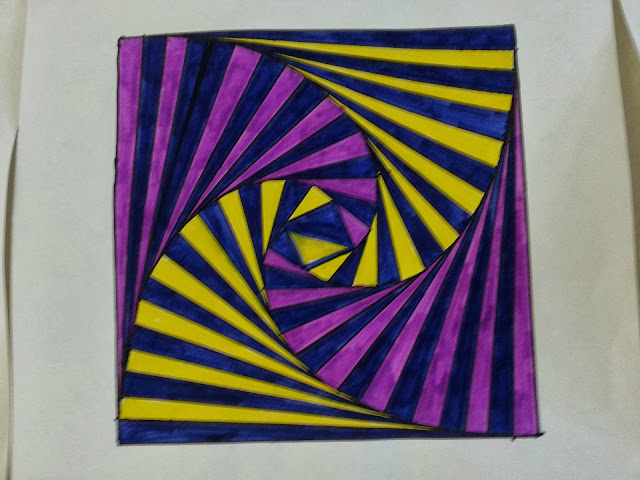the Carthage Maple Leaf Parade is one of the largest in Missouri, and its my schools hometown. So I decided this year to represent the ART TEACHERS OF CARTHAGE at the parade! We passed out candy and crayons! The maple leaves covering the bus were created by my students, they used texture rubbing sheets to apply color and cut them out. This way, every one of my students could be in the parade! In fact, 2 JH students joined the teachers in passing out treats. The instructors picture from left to right are:
Mr. Mintert, Ms. Pruitt, Ms. Lage, Ms. Barley (above), Ms. Burnside, and Ms. Mintert (with Ollie our daughter.) The bus is mine, its a 1978 Type 2 Transporter. Lots of Fun!















































